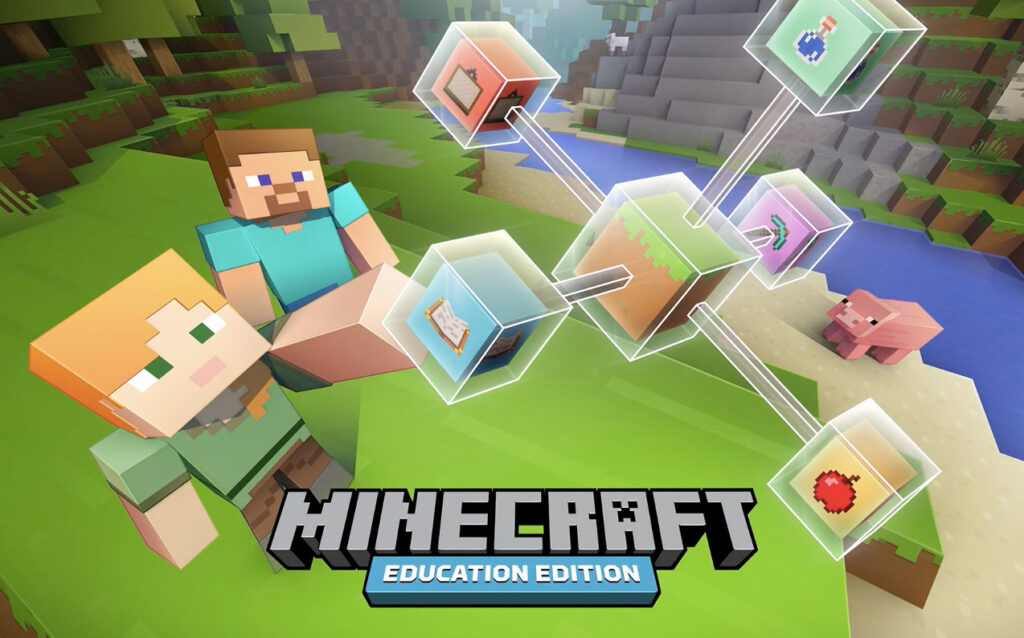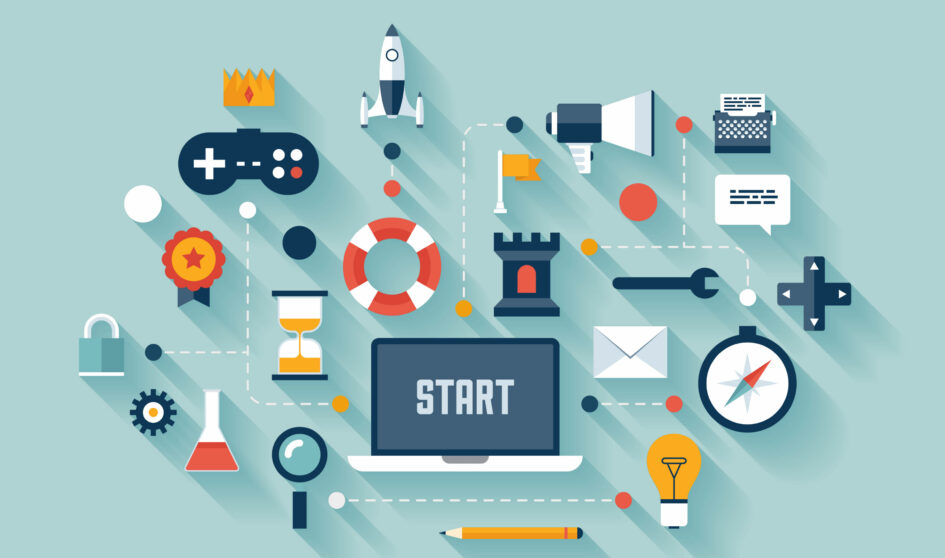In my previous education, I have experienced Game-based learning or gamification techniques presented by the instructor. Some very common examples include role-playing, utilizing online tools, for example, Kahoot, or making card games that incorporate certain concepts or ideas. As a student, I enjoy this form of learning and believe it serves as an effective alternative to transform textbook knowledge into something that is lively and vivid. It is interesting to see that traditional games, such as Minecraft or the STEAM platform, can have an educational component that brings more benefits to players than solely having fun. It is also important to learn from the University of Toronto’s Best Practice that there are certain recommendations for creating successful game-based learning, including emphasizing the content but not the mode and having a suitable level of difficulty (“Research guides …”, 2021).

One potential gamification technique that could be incorporated into the topic of my final project is allowing learners to assume different patient roles with different healthcare needs. Learners will choose the most appropriate digital health technology for their selected patient and justify why that tool is chosen. They can also proceed with further registering service for that assumed patient role.
This concept can also promote the development of active learning, especially in primary education. Active learning is a process where students actively engage with the course material or content through hands-on activities (MBR University, 2019). This forms direct contrast with the traditional style of listening or reading. Gamification could help the development of active learning through facilitating students’ interests with more creative content and establishing a student-focused learning environment.
References
Research guides: Digital Pedagogy – A Guide for Librarians, Faculty, and Students: Game Based Learning – Best Practices. (2021, January 2). University of Toronto Libraries. https://guides.library.utoronto.ca/c.php?g=448614&p=3507705
MBR University. (2019, November 10). What is. . .Active Learning? [Video]. YouTube. https://www.youtube.com/watch?v=Z9esoCjjUGQ&t=4s

2021-06-16 at 8:18 pm
Hello Leo,
Thanks for sharing your thoughts on gamification and active learning! I agree that game-based learning promotes active learning, and it is more interesting to students than traditional lecture classes. Interestingly that games can serve as a learning technique in the education field. Gamification and game-based learning are indeed great ways to let younger age students focus on the content since they are easily distracted. The idea of let learners do role-playing on different healthcare tools is unique, and it must be helpful in educating prospective healthcare professionals.
Thanks,
Anna